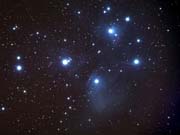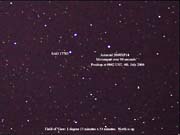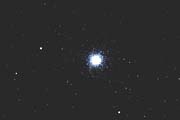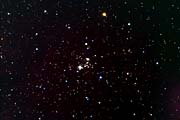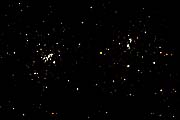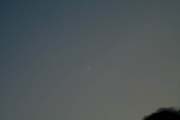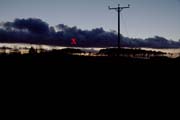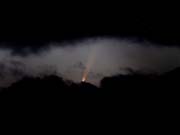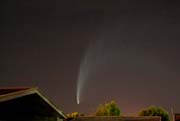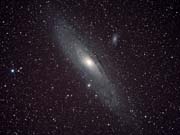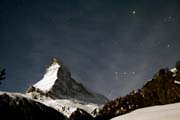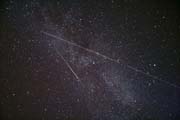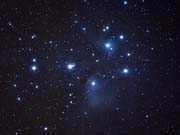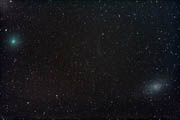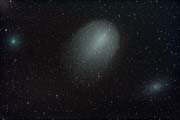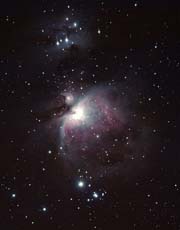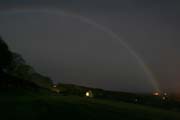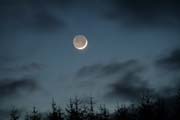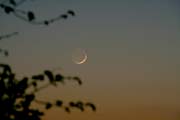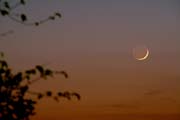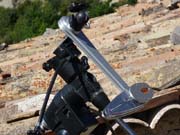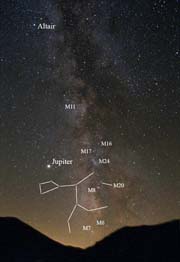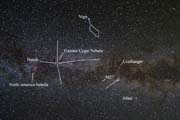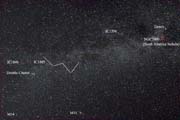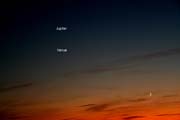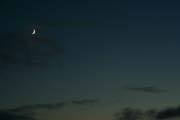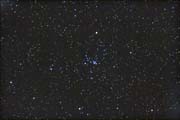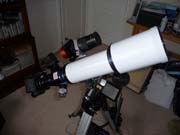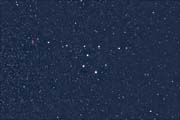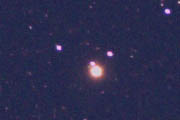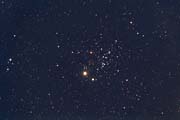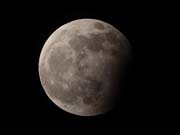|
While on a trip to La Palma in June 2007, I obtained this
photograph of the most southern section of the Milky Way
visible from our villa - a stack of just two frames taken
with my Canon 350D and 17 mm lens on a driven mount. The
faint black bars to the left are overhead wires, blurred by
tracking during the 5 minute exposures. Even on La Palma,
despite local laws, there is light pollution , in this case
from the town of Los Llanos situated a few miles to the
south. But it's all relative, and although visible in this
wide angle shot, it was not noticeable to the naked eye, nor
did it affect the longer focal length shots.
The medium size image (click on the thumbnail) shows with
'mouseover' the constellation figures and most of the
targets also imaged during the trip. See the La
Palma page.
This image was used in the July
2007 BBC TV 'Sky at Night' programme, and also used again
around November 2009 (not sure of the month), in June 2010,
in February 2011 and yet again in March 2012!
Large
Size
|
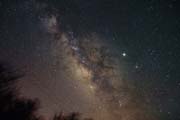
|
